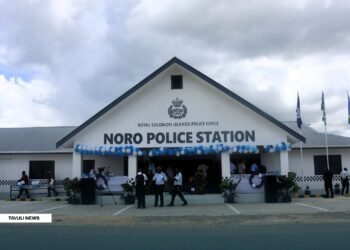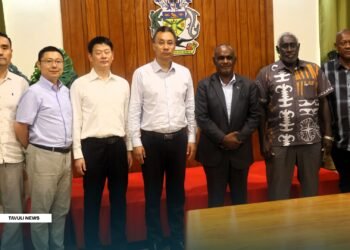ABMSD boosts building safety enforcement after passing of the National Building Standards Act 2025


The Architecture and Building Management Services Division (ABMSD) at the Ministry of Infrastructure Development is intensifying efforts to uphold and advance building safety standards following the recent passing of the National Building Standards Act 2025 in parliament.
As the custodian of this legislation, ABMSD has increased its activities in conducting inspections, identifying maintenance needs, innovating design solutions, and providing technical evaluations and expert recommendations.
The new act, together with the National Building Code and Building Manual, marks a significant step toward establishing a robust and comprehensive framework for enforcement. Collaborative efforts with key stakeholders are ongoing and expected to accelerate the implementation of regulatory measures.

ongoing commitment to teamwork and excellence in building assessments and project management
Ron Gua, Chief Architect (Quality Assurance and Asset Management), highlighted the division’s continued commitment to teamwork and excellence in building assessments and project management.
“We recently conducted inspections of major government facilities, including the National Parliament, Office of the Opposition, Independent Office, High Court Complex, Magistrate Courts, Biosecurity Office, and other government buildings,” Gua said.
“For each conditional inspection, we adopt a collaborative approach—bringing together architects, quantity surveyors, plumbers, electricians, and engineers—to ensure thorough evaluations. Our goal is to uphold structural integrity and safety across all government properties,” he added.
With many government and non-residential buildings aging, the division aims to support the construction of new, modern, and climate-resilient infrastructure to replace and upgrade existing facilities.

underscoring the division’s dedication to supporting ministries
and agencies in constructing new, modern, and safe infrastructure.
Gua also expressed appreciation for the support of the ministry’s minister, Ricky Fuo’o, whose leadership has strengthened the division’s role within the construction industry.
“Our primary focus now is establishing clear standards and ensuring safety in all projects,” he emphasized.
Acting Director Paul Chris Hoiasi underlined the urgency of developing a resilient regulatory framework to address rapid urbanization, climate change, and growing infrastructural demands.
“Urban centers, particularly Honiara and other provincial capitals, are expanding at an unprecedented pace, leading to unregulated construction activities that often lack proper planning and oversight,” Hoiasi said.
He added that under the Building Code, all construction materials will undergo stringent Quality Assurance and Control processes to ensure suitability and safety within the local context.

Office of the Opposition, Independent Office, High Court Complex, Magistrate Courts, Biosecurity Office,
and other government buildings. These inspections will also be coordinated with provincial counterparts next year.
The government architect further noted that initial procedures—such as environmental surveys, unexploded ordnance (UXO) assessments, and geotechnical investigations—are fundamental to achieving safe and sustainable development under the act.
Consultations and recruitment are set to begin next year, marking the transition phase toward full enforcement. One of the key components of this rollout will be the establishment of an Advisory Board, expected to commence operations soon.
SOURCE : Ministry of Infrastructure Development

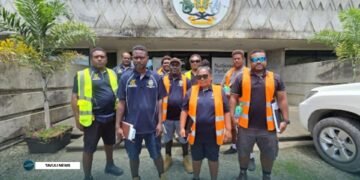

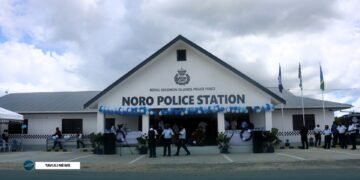



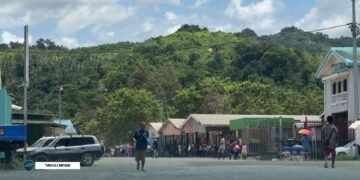

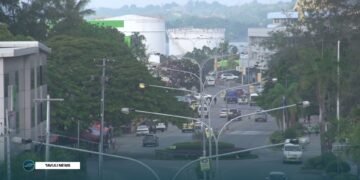























![Chovohio [left] and Charivunga [right] confluence, to create a dam for sediment control](https://www.tavulinews.com.sb/wp-content/uploads/2025/04/Add-a-heading-43-360x180.png)










































